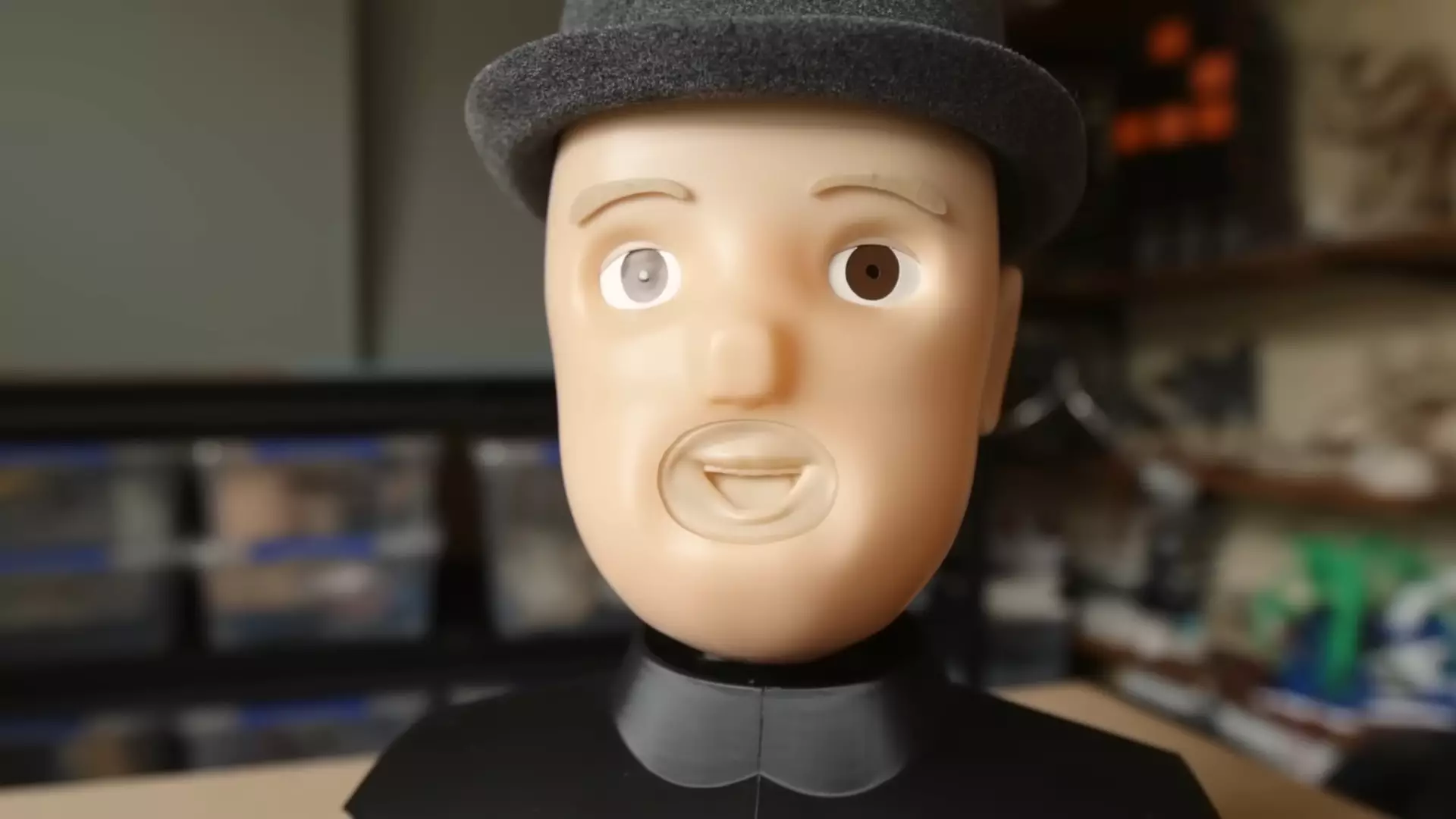In the endless pursuit of technological novelty, creators are constantly pushing the limits of what machines can do—sometimes for the sake of progress, other times for the shock value. Recently, I came across a project that epitomizes this tension: a robotic lip-syncing apparatus that straddles the line between fascinating ingenuity and visceral discomfort. Far from being merely a quirky demonstration, this creation embodies the unsettling potential of human-like automation gone awry. As I analyze this project, I find myself oscillating between appreciation for its technical ambition and a visceral instinct to recoil from its eerie results.
The project involves a spherical assemblage of movable mouths, each one carefully 3D-printed and mounted inside a robotic doll’s head. This sphere is spun on an axis by a stepper motor controlled via a Raspberry Pi, facilitating rapid switching between mouth shapes synchronized with speech or singing. Supplementing this core mechanism is a series of manually synchronized lip movements and an elaborate brow-moving device, highlighting a meticulous, almost obsessive commitment to realism. The creator, known as Ancient, dedicates significant effort to designing a detailed, multi-faceted machine capable of mimicking human expressions—a feat that, on paper, is undeniably impressive.
However, when watching the final output, it’s impossible not to be struck by an overpowering sense of unease. The robotic “face” appears to stare with vacant, unblinking eyes, lurching between expressions that feel disturbingly inhuman. The contrived mouth movements—clunky, mismatched, and sometimes downright grotesque—evoke the feeling of watching a distorted version of a human performer. There’s an unsettling gap between the technology’s sophistication and the uncanny valley it inevitably plunges into. It’s as if the machine is attempting to mimic human speech but ends up highlighting how artificial and hollow it truly is. The result isn’t just amusing; it becomes simultaneously fascinating and profoundly disturbing.
This project exemplifies how technological ambition can veer into the realm of the uncanny, revealing our deep-seated fears of artificial creation. The blend of automation, manual input, and exaggerated facial features evokes a sense of alienation—a machine that strives to be human but falls short in ways that provoke discomfort. The absence of narration or context heightens this feeling. Instead of guiding us through the purpose of this bizarre spectacle, the creator leaves viewers to interpret the haunting mechanical performance amid a cacophony of whirs, clicks, and awkward movements. The final musical number, a rendition of Gilbert and Sullivan’s “Major-General’s Song,” only amplifies the dissonance—an awkward vocalization from a machine that seems stuck between spectacle and nightmare.
The haunting stare behind plastic eyes, combined with exaggerated, almost gurning expressions, enforces a sense of disconnection. It exemplifies how technology designed to mimic life can inadvertently evoke a primal discomfort—an internal ambiguity about what we’re witnessing. Even as I acknowledge the impressive engineering feats involved, I cannot shake the feeling that this creation is more than just a failed attempt at entertainment; it feels like a glimpse into a future where machines might lack the subtle subtlety of human emotion and instead project an unsettling, hollow version of humanity.
Yet, beneath this discomfort lies a deeper commentary on the nature of artificial life and our fascination—and fear—of replicating ourselves. Projects like these underscore both our creative ingenuity and our vulnerability to the uncanny valley. The more advanced our robot creations become, the closer they inch toward resembling us, and the more discomfort they evoke when they falter or distort our expectations. The line between impressive innovation and horror is razor-thin, and this project exemplifies that peril.
In essence, this lip-syncing monstrosity isn’t just a failed experiment; it’s a mirror reflecting our collective anxieties about AI, automation, and the eeriness of artificial imitation. While the creator’s technical dedication deserves recognition, the culmination leaves me questioning whether we should be so eager to craft machines that blur the boundaries of human likeness—lest we awaken something primal and profoundly unsettling that might be lurking beneath our technological ambitions.

